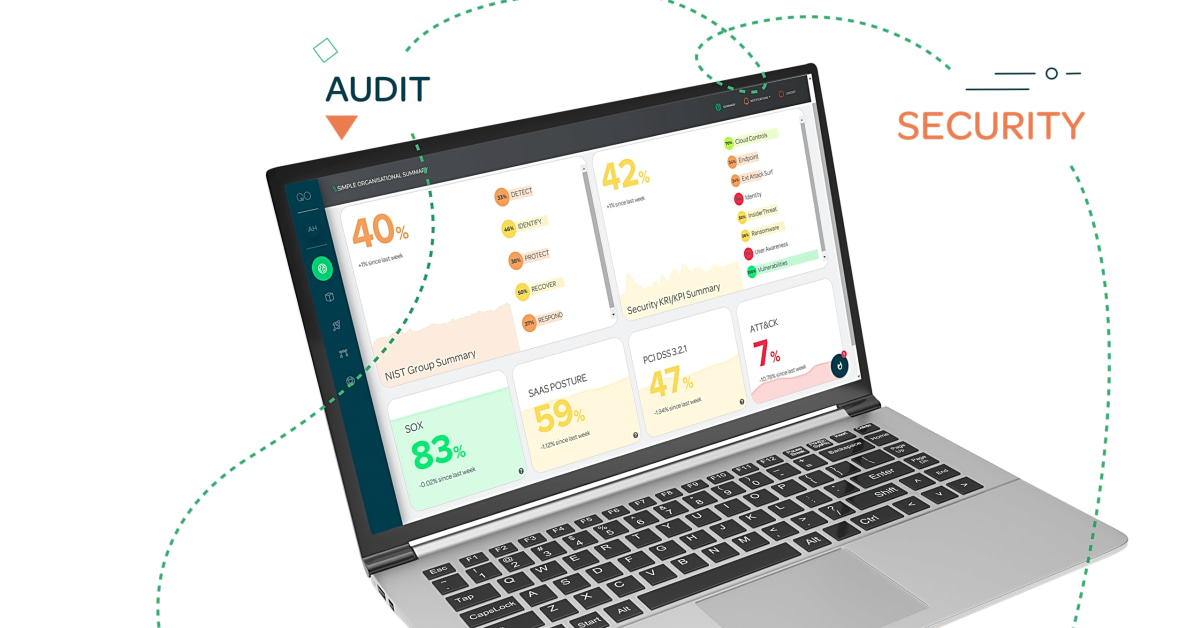In today’s ever-changing business landscape, it’s crucial for companies to continuously monitor and evaluate risks in order to stay ahead of the game. With new risks emerging daily, it’s important for organizations to have a system in place that allows them to quickly identify and address potential threats before they turn into major problems. This is where continuously monitoring for new risks comes into play. By keeping a close eye on potential risks, companies can not only protect themselves from potential harm, but also gain a competitive advantage by being able to proactively mitigate any potential issues. In this article, we will explore the importance of continuously monitoring for new risks and how it can benefit businesses in the long run. We will also delve into the concept of risk management and how it ties into the overall strategy of monitoring and evaluating risks. So, let’s dive into the world of risk management and see how it can help companies thrive in an ever-evolving market.
To begin, let’s define what continuous risk monitoring is. This process involves regularly assessing potential risks to your business, both internal and external. This could include evaluating market trends, identifying potential threats to your business model, and analyzing your financial stability. By continuously monitoring for new risks, you can stay ahead of the curve and make informed decisions to protect your business and gain an edge over your competitors.
For those searching for information on business strategy, this topic is especially relevant. It can help you develop a strategic plan, identify growth opportunities, and create effective marketing and financial strategies. With continuous risk monitoring, you can proactively manage potential risks and minimize their impact on your business. This is where seeking business consulting services can also be beneficial, as they can provide expert guidance and support in implementing continuous risk monitoring practices.
To further illustrate the importance of continuous risk monitoring, let’s consider a hypothetical scenario. Imagine you’re a small business owner who has recently expanded into a new market. While conducting market analysis, you discover that a major competitor is planning to release a similar product at a lower price point. Without continuous risk monitoring, you may not have caught wind of this development until it was too late. But with regular assessments and monitoring, you can quickly adapt your business strategy and remain competitive in the market.
Assessing Market Trends
To effectively monitor for new risks, it’s essential to stay informed about current market trends. This could include changes in consumer behavior, emerging technologies, and industry developments.
Implementing Risk Management Strategies
Once potential risks have been identified and market trends have been assessed, it’s time to implement risk management strategies. This could involve developing contingency plans, diversifying your product offerings, or investing in new technologies.
Identifying Potential Risks
The first step in continuous risk monitoring is identifying potential risks to your business. This includes both internal and external factors that could impact your operations or financial stability. By regularly assessing these potential risks, you can proactively address any threats before they become major issues.
Internal risks may include things like employee turnover, supply chain disruptions, or technology malfunctions. External risks could range from changes in consumer behavior to natural disasters or economic downturns.
To effectively identify potential risks, it’s important to gather data from various sources such as market trends, financial reports, and industry news. You can also conduct risk assessments and brainstorm potential scenarios with your team to get a comprehensive understanding of the risks facing your business.
Having a clear understanding of potential risks allows you to prioritize and allocate resources towards mitigating those risks. This not only helps protect your business but also gives you a competitive advantage by staying ahead of potential issues that could impact your competitors.
In conclusion, continuously monitoring for new risks is an essential aspect of any successful business strategy. By staying ahead of potential risks, you can make informed decisions, adapt to changes in the market, and gain a competitive advantage. So if you’re looking to improve your business and stay ahead of the curve, consider implementing continuous risk monitoring practices today.
